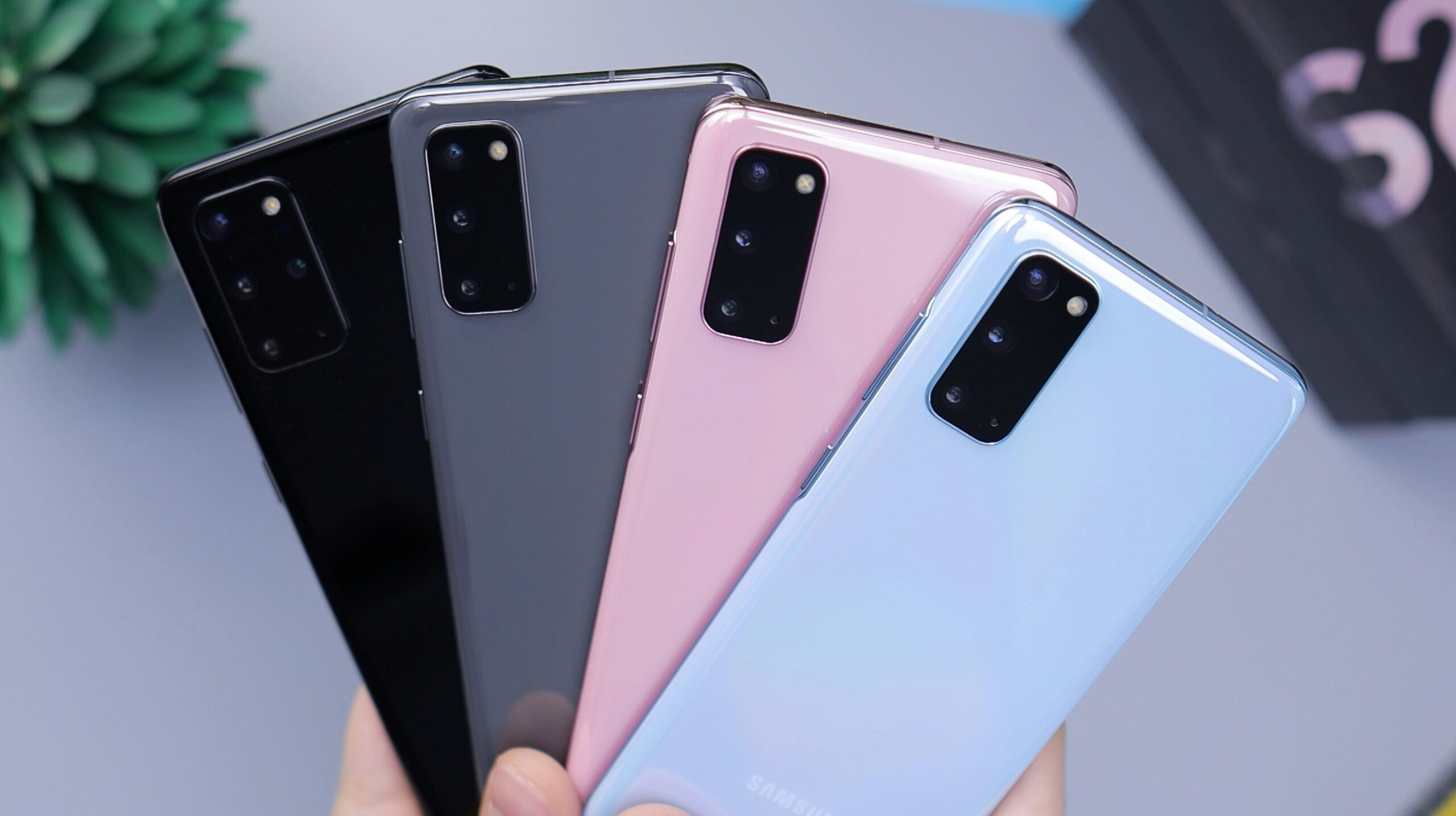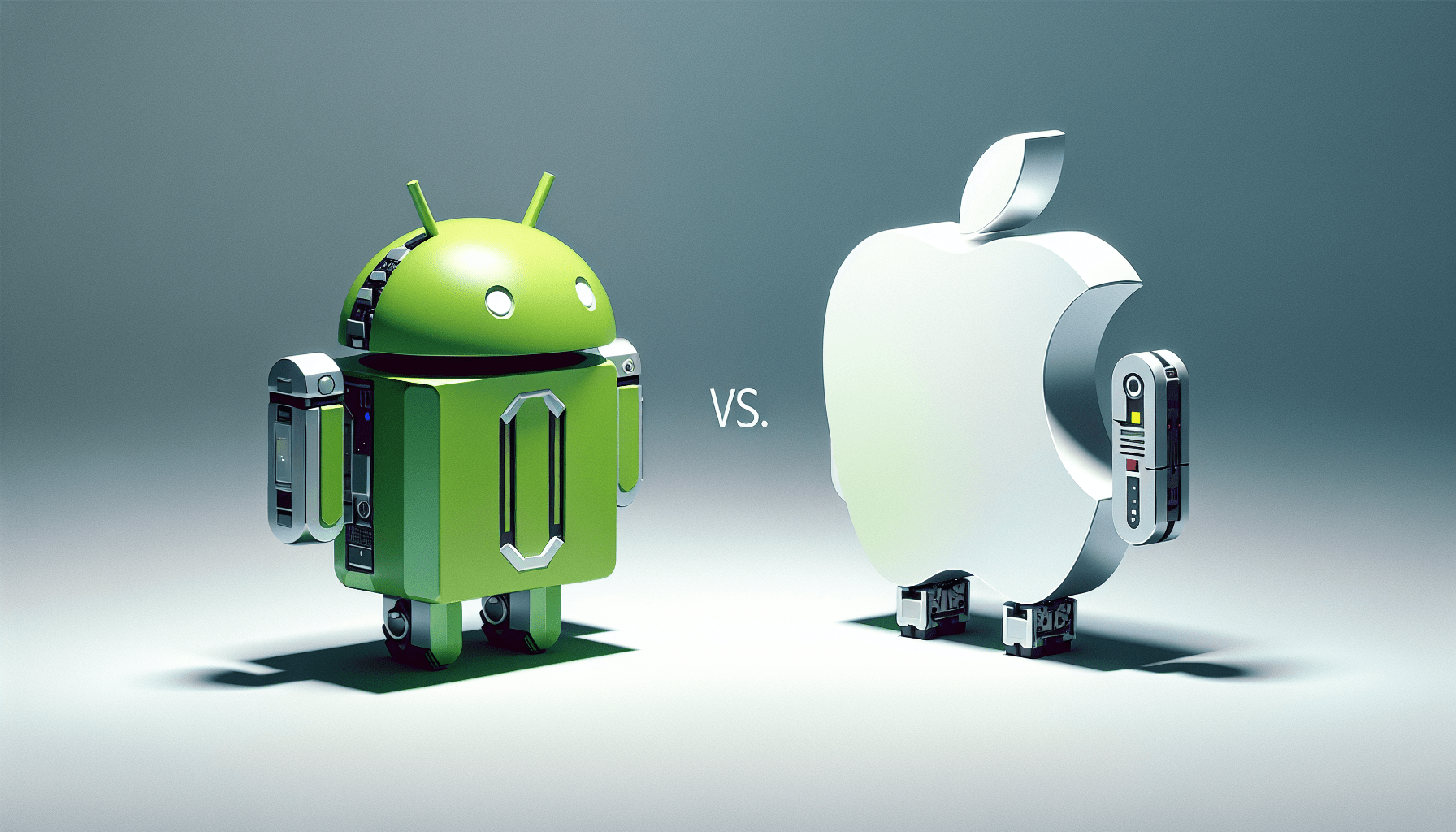Unveiling the Future: A Look into the Evolving Foldable Phone Trends takes you on a captivating journey into the world of foldable phones, exploring the latest trends and innovations in this rapidly evolving industry. From the sleek and seamless designs to the cutting-edge technology that promises to revolutionize the way we use smartphones, this article gives you an insider’s view of what’s in store for the future of mobile devices. Whether you’re a tech enthusiast or simply curious about the next big thing, this article will leave you eagerly anticipating the arrival of these game-changing devices. So grab a cup of coffee, sit back, and prepare to be amazed as we unravel the exciting world of foldable phones.

Introduction to Foldable Phones
What are foldable phones?
Foldable phones, also known as foldable smartphones or foldable devices, are a new category of mobile devices that have revolutionized the concept of smartphone design. These phones are equipped with flexible displays that can be folded or unfolded, allowing users to enjoy the convenience of a compact smartphone and the functionality of a tablet in a single device.
History of foldable phones
The idea of foldable phones can be traced back to the early 2000s when companies like Samsung and LG started exploring the concept of flexible displays. However, it wasn’t until the past decade that significant progress was made in the development of foldable phones. In 2019, Samsung released the Galaxy Fold, marking the beginning of a new era in smartphone design.
Benefits of foldable phones
Foldable phones offer a range of benefits that make them an attractive option for tech enthusiasts and early adopters. The most obvious benefit is the ability to switch between a smartphone and tablet form factor, providing users with a versatile device that can adapt to their needs. Additionally, foldable phones often boast larger displays, improved multitasking capabilities, and enhanced productivity features. These devices also offer a unique and futuristic appeal, allowing users to stand out from the crowd with their cutting-edge smartphone.
Evolution of Foldable Phones
Early attempts at foldable phones
The journey towards the development of foldable phones has seen several early attempts that laid the groundwork for the current generation of devices. In 2011, Samsung showcased a prototype called the Samsung Galaxy Skin, featuring a foldable AMOLED display. However, the technology at that time was not mature enough for mass production. Similarly, in 2013, LG unveiled the LG Flex, which had a flexible display but lacked the true foldable form factor.
Advancements in foldable phone technology
In recent years, significant advancements in technology have propelled the development of foldable phones. One of the key breakthroughs was the introduction of flexible OLED displays, which allowed for seamless folding without compromising image quality. Additionally, improvements in hinge mechanisms, durability of materials, and software optimization have contributed to the overall user experience of foldable phones. These advancements have transformed foldable phones from mere concepts to commercially viable products.
Current State of Foldable Phones
Leading brands and their foldable phone offerings
Several leading smartphone manufacturers have embraced the concept of foldable phones and have released their own offerings. Samsung, with its Galaxy Fold and Galaxy Z Flip series, has been at the forefront of the foldable phone revolution. Other brands like Huawei, Motorola, and Xiaomi have also entered the market with their own foldable devices, each offering unique features and design elements.
Features and specifications of popular foldable phones
Foldable phones come with a range of features and specifications that set them apart from traditional smartphones. These devices often feature large, high-resolution displays that can be folded for portability. Some devices offer a secondary display on the exterior, allowing users to access basic functionalities without unfolding the phone. Additionally, foldable phones may boast advanced camera systems, powerful processors, and ample storage to meet the demands of modern users.
The Future of Foldable Phones
Anticipated advancements in foldable phone technology
The future of foldable phones holds tremendous potential for further innovation and advancement. One of the most anticipated advancements is the development of flexible glass displays, which would offer better durability and scratch resistance compared to current plastic-based screens. Additionally, advancements in hinge technology, battery life, and weight reduction are expected to enhance the overall user experience of foldable phones, making them even more practical and convenient.
Potential applications and benefits of foldable phones
The potential applications and benefits of foldable phones are vast and varied. From a productivity standpoint, foldable phones can transform into mini laptops, providing a larger screen real estate for tasks like video conferencing, document editing, and multitasking. In the entertainment realm, users can enjoy a more immersive experience while watching movies or playing games on the larger tablet-like display. Foldable phones open up new possibilities for app developers to create unique and innovative user experiences that leverage the folding form factor.

Challenges in Foldable Phone Development
Durability and longevity concerns
One of the primary challenges in the development of foldable phones is ensuring their durability and longevity. The constant folding and unfolding motion puts significant strain on the flexible display and hinge mechanisms, leading to concerns about display integrity and potential damage. Manufacturers are investing in research and development to improve the durability of foldable phones, experimenting with stronger materials and more robust hinge designs to withstand the test of time.
Cost considerations for foldable phones
Foldable phones, being a relatively new technology, come with a higher price tag compared to traditional smartphones. The complex engineering, premium materials, and cutting-edge components used in these devices contribute to their higher cost. However, as the technology matures and reaches economies of scale, it is expected that the prices of foldable phones will gradually decline, making them more accessible to a wider range of consumers.
Consumer Reception and Market Potential
Current demand for foldable phones
The reception of foldable phones among consumers has been a mixed bag. While early adopters and technology enthusiasts eagerly embrace the innovation and novelty of foldable devices, mainstream consumers have shown more hesitation, citing concerns about durability, affordability, and the need for such a unique form factor. However, as the technology improves and consumers become more aware of the benefits and functionalities offered by foldable phones, the demand is expected to grow.
Projected growth of the foldable phone market
Despite the initial hurdles, the future looks promising for foldable phones. Market analysts predict significant growth in the segment over the coming years. Factors such as improved technology, increased competition, and expanding consumer awareness are expected to drive the demand for foldable phones. As more brands enter the market and prices become more affordable, foldable phones are poised to become a mainstream category, capturing a significant market share in the smartphone industry.

Innovative Designs and Concepts
Unique foldable phone designs
Foldable phones have paved the way for unique and innovative designs that challenge traditional notions of smartphone form factors. One notable example is the Galaxy Z Fold series by Samsung, which features a book-like design with a large unfolding display. Another example is the Huawei Mate Xs, which adopts an outward folding design, allowing users to utilize the entire screen space without the need for an additional display. These unconventional designs not only offer a fresh aesthetic but also provide users with new ways to interact with their devices.
Foldable phone concepts and prototypes
In addition to the commercially available foldable phones, tech companies continue to explore and experiment with various concepts and prototypes. Concepts such as rollable displays, tri-fold designs, and clamshell form factors are being explored, showcasing the endless possibilities of foldable phone technology. While these concepts may not be available in the immediate future, they offer a glimpse into the direction foldable phones could take in the years to come.
Implications for Software and User Experience
Adapting software for foldable phone displays
Foldable phones require software optimization to fully utilize their unique form factor and functionality. The software needs to seamlessly adapt as the device transitions between smartphone and tablet modes, ensuring a smooth and intuitive user experience. App developers are tasked with creating responsive designs that can dynamically adjust to different screen sizes and orientations. As foldable phone technology becomes more mainstream, software developers will likely prioritize optimizing their apps for these devices to enhance user satisfaction.
Enhancing user experience on foldable phones
Foldable phone technology opens up new possibilities for enhancing user experiences. Multi-window multitasking, where users can have multiple apps open and active simultaneously, is one such area that benefits from the larger screens of foldable devices. Additionally, the increased screen real estate provides more opportunities for immersive content consumption, gaming, and creative applications. The user experience on foldable phones will continue to evolve as both hardware and software innovations converge to create seamless and user-friendly interactions.

Environmental Impact of Foldable Phones
E-waste concerns and sustainability challenges
The rapid advancement of technology often comes with environmental consequences, and foldable phones are no exception. The production and disposal of electronic devices contribute to e-waste, which poses significant environmental challenges. The complex and intricate construction of foldable phones, consisting of various materials and components, makes recycling and proper disposal more challenging. Manufacturers and consumers must prioritize sustainability initiatives, including responsible recycling programs and eco-friendly manufacturing processes, to minimize the environmental impact of foldable phones.
Potential eco-friendly solutions for foldable phones
While foldable phones present unique sustainability challenges, they also offer opportunities for eco-friendly solutions. Research and development efforts are underway to explore the use of recyclable materials, sustainable manufacturing processes, and energy-efficient components for foldable phones. Additionally, advancements in modular design, where components can be easily replaced or upgraded, can extend the lifespan of these devices and reduce e-waste. By adopting such eco-friendly practices, the foldable phone industry can minimize its environmental footprint and contribute to a more sustainable future.
Conclusion
Foldable phones have emerged as a game-changer in the mobile industry, offering users a glimpse into the future of smartphone design. The evolution of foldable phones, from early prototypes to commercially viable products, showcases the immense progress made in a relatively short span of time. With anticipated advancements in technology, potential applications, and growing consumer demand, foldable phones are set to redefine the smartphone landscape. As the challenges related to durability, cost, and software optimization are addressed, foldable phones have the potential to become a mainstream category, providing users with an unparalleled mobile experience. As we look ahead, the future of foldable phone technology holds exciting possibilities and promises to shape our digital lives in ways we have yet to imagine.



